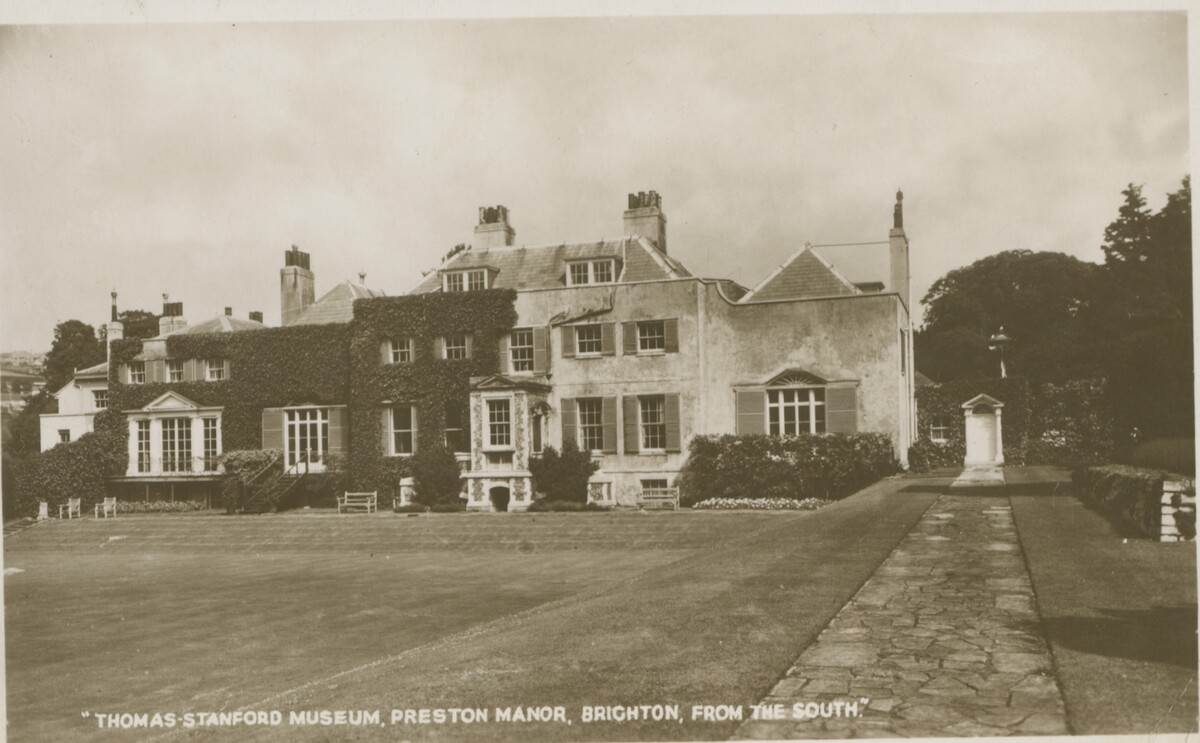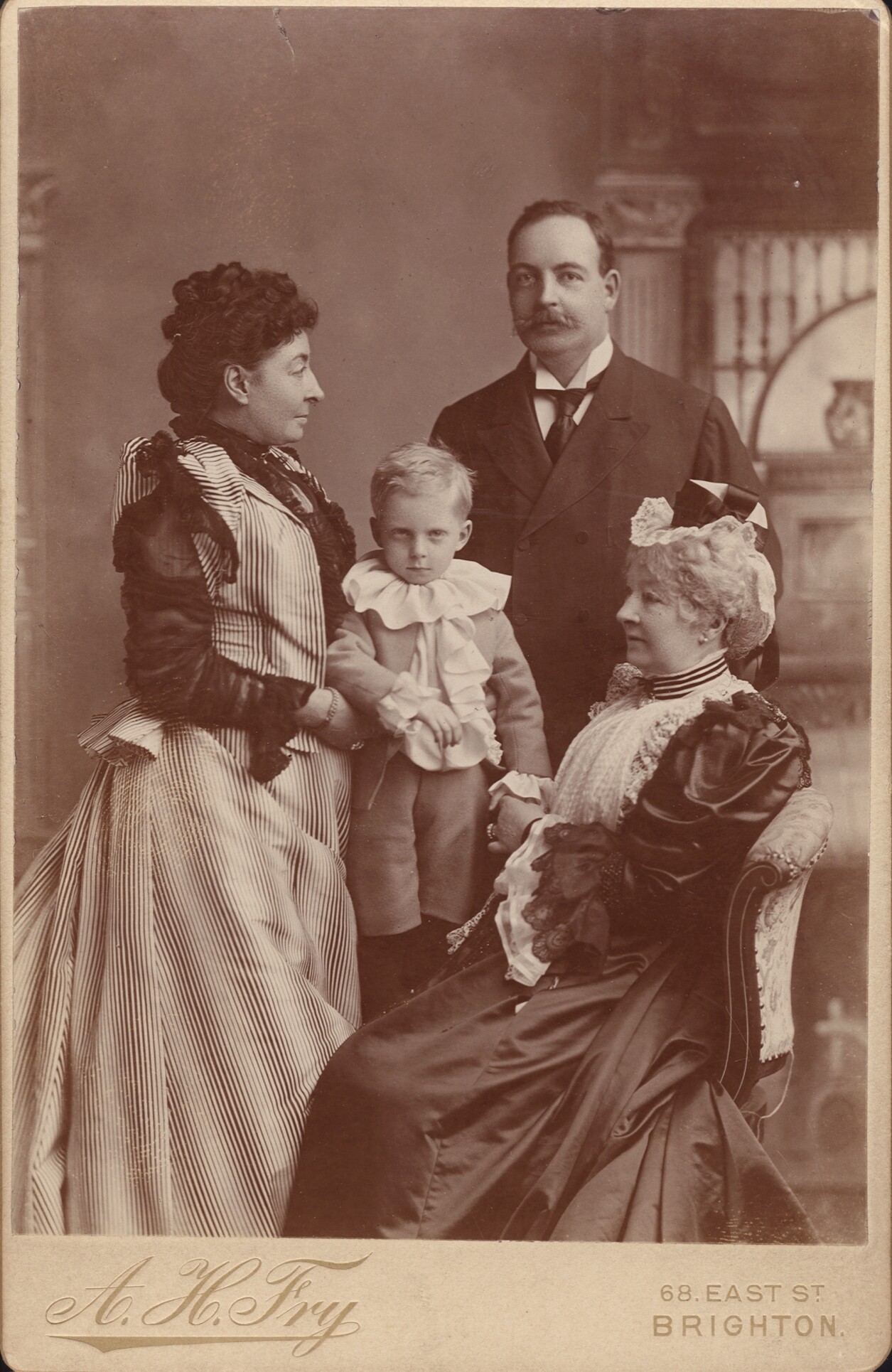
History

Preston Manor was a former manor house in Preston village, now a part of the wider Brighton & Hove area. The house was privately lived in until 1932 when it was given to the Brighton Corporation by its longest serving family, the Thomas-Stanfords.
It is now a museum and exhibition space evoking upper-class life during the Edwardian period.
The structure of the manor was built in the late 1700s. However, parts of its architecture date back much further, to around the 1200s. A two-roomed medieval building once stood on this site, and may have been a home connected with the local parish. This was later built on by Thomas Western, lord of the manor, and became the basement of a new property.
Western erected a new two-storey block flanked by small pavilions. But the house took its present form in 1905 when designer Charles Peach added a dining room, servants’ wing, a widened entrance hall, and a veranda along the north front. The house is now a grade II listed building and has been restored to its Edwardian heyday, furnished with period pieces and collections from the seventeenth, eighteenth and nineteenth centuries.
Ghost sightings
Preston Manor is said to be one of the most haunted buildings in Britain. Reports of ghost sightings have been recorded since the 19th century. Some of the most infamous are of a grey-clad woman, who was reported several times throughout the 20th century. She was seen in the boiler room of the house early in the 20th century. She was also spotted on the main staircase and on the roof by a firewatcher during WW2.
A blonde woman, who allegedly revealed herself to be an excommunicated nun, told a séance that she was buried outside the house in unhallowed ground. A short time later two workmen who were clearing drains under the south terrace discovered the twisted skeleton of a woman of about fifty years of age, who was anything up to 400 years old. The skeleton was secretly reburied at the edge of the churchyard, after the vicar had refused her internment on the grounds that she was a Catholic. The ghost has not been reported since.
A floating hand not attached to any arm, was reported by a guest of the house who saw it climbing a four-poster bed in a southwestern bedroom. A phantom child was also once seen riding a toy tractor on the croquet grounds to the back of the house.